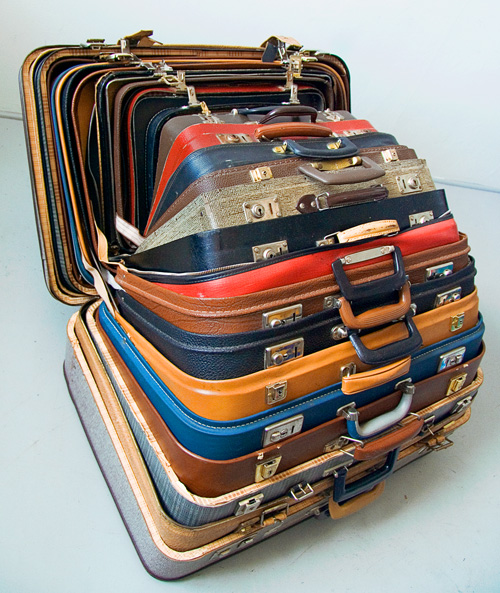
Damien Hirst
The Oceanographic Museum of Monaco, which this year celebrates its centenary, opens its galleries to contemporary art for the first time, to present a major exhibition of works by celebrated British artist Damien Hirst.
CORNUCOPIA is the title of the exhibition, which spans the last 15 years of the artist's career and comprises over 60 key works, including early paintings and sculptures. The exhibition is presented with the Nouveau Musée National de Monaco.
Gathering together an exceptional ensemble of works, displayed throughout the museum in the company of the existing and remarkable collection of sea creatures and marine fauna, the exhibition stages a conversation between the past and the present, between art and science.
The dialogue between the museum's collection of specimens and aquariums and the artist's work allows the viewer to consider each discipline in a new light. Art and science here become mutually enlightening.
The display brings together seminal early works such as Away from the Flock, Divided, 1995, in which the artist suspended a sheep in formaldehyde in a glass tank, with the more recent After The Flood, 2008, featuring a dove in flight suspended in formaldehyde and The Forgiveness, 2008, a nine-metre-long stainless steel cabinet with 3,502 butterflies and other insects displayed along the shelves.
From the exquisitely composed butterfly wing paintings, the Psalms, 2008, to the monumental sculptures such as Sensation, 2003, and The Virgin Mother, 2005, the exhibition reveals the breadth of the artist's creative output over the last decade and a half.
Damien Hirst
Damien Hirst was born in 1965 in Bristol, UK. He lives and works in London and Devon. Solo exhibitions include 'No Love Lost', The Wallace Collection, London (2009), 'Requiem', Pinchuk Art Centre, Kiev (2009), 'For the Love of God', Rijksmuseum, Amsterdam (2008), Astrup Fearnley Museet fur Moderne Kunst, Oslo (2005), Museum of Fine Arts, Boston (2005) and Archaeological Museum, Naples (2004). He received the DAAD fellowship in Berlin in 1994 and the Turner Prize in 1995. An exhibition of the artist's private collection, 'Murderme', was held at Serpentine Gallery, London in 2006.





















